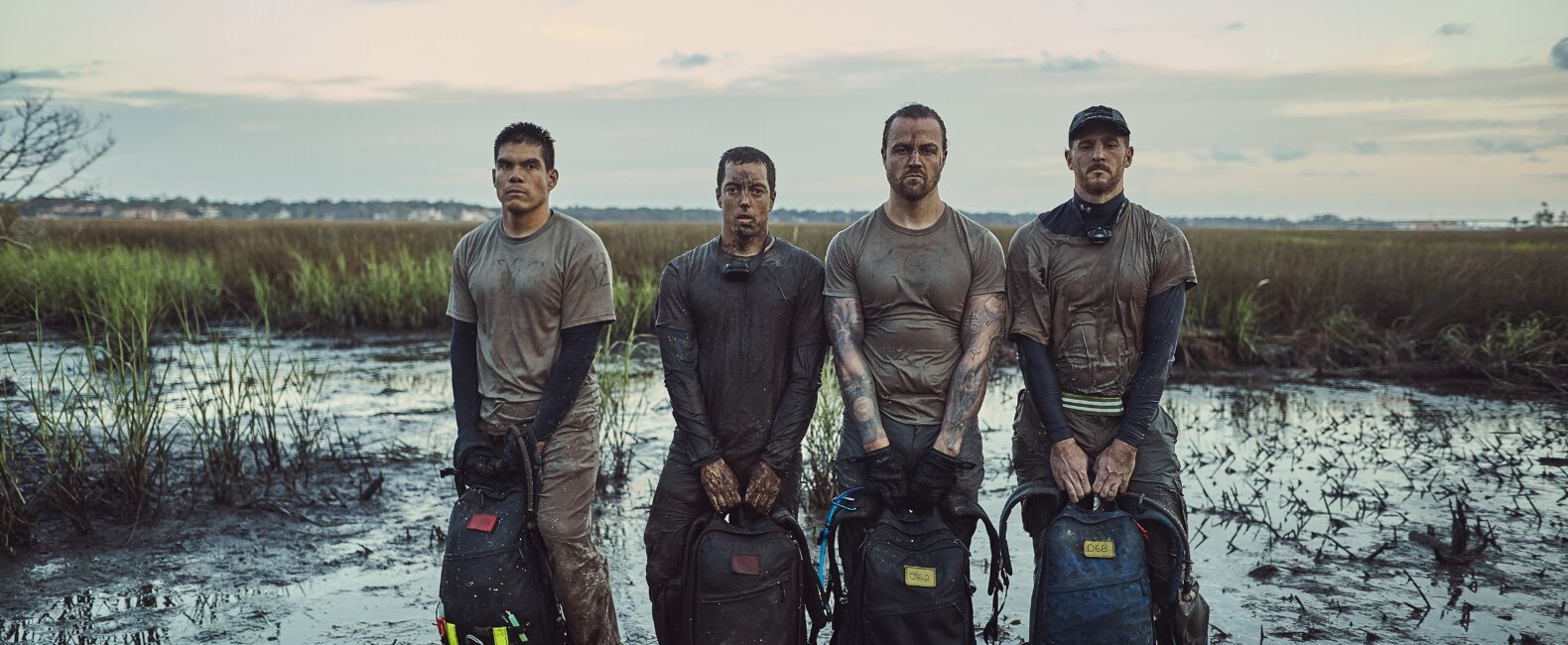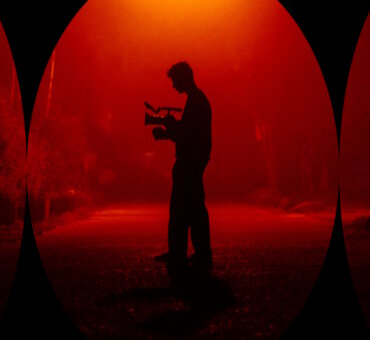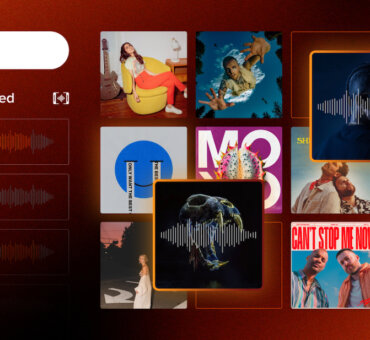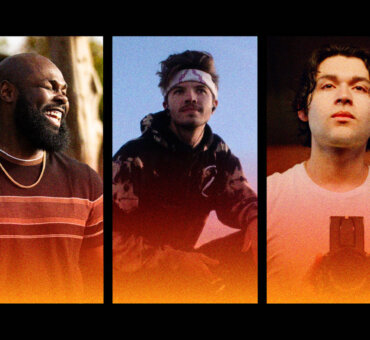Summary
Director Phil Wall works across the commercial and narrative space, with films like The Book Keepers, The Passing Game, and more. One of his commercial clients, GORUCK, is behind one of the most rigorous and challenging athletic competitions on the planet, called GORUCK Selection, which puts athletes through more than 48 hours of physical, mental, and even spiritual torment. So, when they brought up the idea of capturing the competition, Phil knew there was an opportunity. He just didn’t know what kind.
“The rule was basically, ‘Don’t get in the way. You can do whatever you want, you just can’t interfere with the event.’ That was appealing to me. I think I had two weeks to prepare, to get a friend to come down with me and film that particular weekend down in Jacksonville,” he told us. “Our goal was just to capture what we can capture and hope to get a story. We weren’t really planning to make a feature length documentary out of it and that really came to be in post-production.”
As he dug deeper into the story, and captured interviews with the organizers of the event, certain complexities and themes began to emerge—he knew he was looking at a feature-length film. Much of the emotional weight of The Standard comes from the tension between two elements—the harsh treatment of the instructors, also known as cadres, juxtaposed against the fact that these same instructors want these athletes to succeed.
“The cadres are being pulled in these two directions. They have a standard that they’re trying to uphold for their special forces community,” he says. “They also believe in this process and that this process, in the end, can result in improving community, improving individuals, and creating a sense of team. But, in order to do that, they have to uphold this standard that doesn’t allow them to kneel down next to someone and say, ‘You can really do this.’”
With this nuanced theme in mind, he knew he needed to treat the music selection in a certain way, with a depth that hinted to something beneath the surface. In other words, it couldn’t fall into the traps of most sports documentaries—something that would be too on-the-nose, and tell the audience how to feel. It needed to prod them to dig deeper.
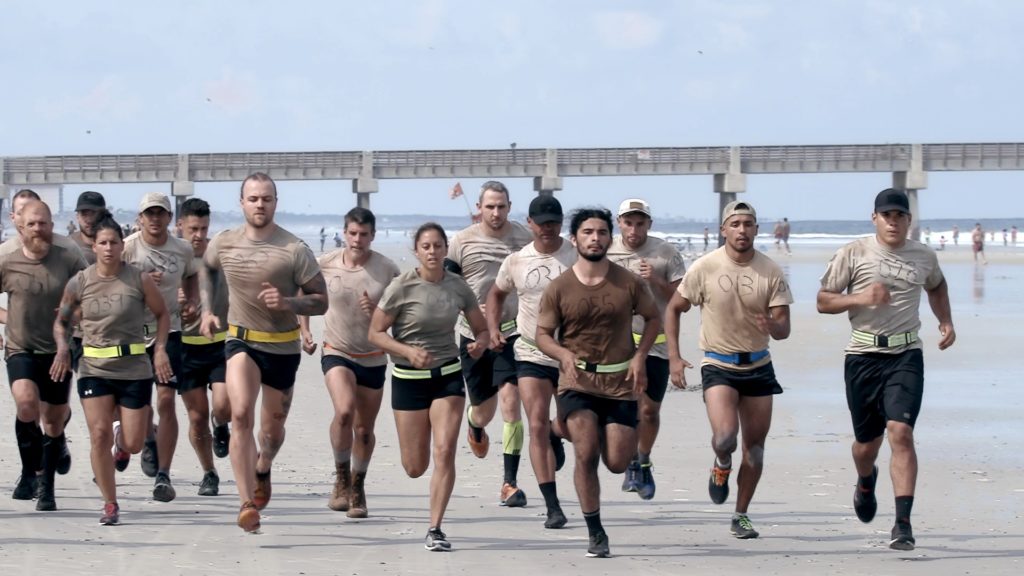
Challenge
Because Phil chose not to go with traditional sports-doc music, it limited certain genres from his selection, like post-rock, rock, and similar styles. The tone of the music couldn’t represent exactly what was happening on screen—something dramatic or triumphant—but needed to represent the tension the athletes and cadres felt in the moment.
“I wanted things that were emotive, but not prescriptive. I wanted it to be in the background and complement what’s happening. With a film like this, the story itself is a platform that I hope the audience can bring themselves to and take their own journey. I know people have a lot of questions along the way for a film like this,” Phil says. “The challenge is allowing those questions in a way that facilitates discovery versus confusion. The music, in some sense, leads from behind and serves to keep the audience on a path and provide that forward momentum and signal when we’re going to be somewhat reflective and when we’re going to be moving.”
Overall, Phil’s film needed time, to both find itself in the edit, but also to track down the perfect songs for every moment. By using Playlists on Musicbed, he could listen to tracks while working, taking notice of each that made an impact on him.
“My general approach was keeping a light touch. And that’s a credit to Musicbed. In the editing process, what I did was scroll through Musicbed and start clicking through and playing music while I do other work, making playlists based on the project that I’m working with,” he says. “That is what really helps me outline how the film flowed. It helped spark an idea or a way to get through an impasse.”
Process
Once he began to hear songs that stood out, he was able to begin honing in on the elements that struck a chord with him and made sense for each moment in the film. Using Filters, he was able to quickly navigate Musicbed’s roster and dig through the extensive portfolio of work:
“I’d go to ‘Songs,’ then I’d typically go to ‘Cinematic,’ and then I’d go to ‘Mood.’ Most of the time, I’d start exploring filters like ‘Tense’ or ‘Contemplative’ and then just start listening. Once I did that, I’d start honing in on an instrument or a particular artist,” Phil told us. “For the most part, I stayed away from rock and anything that felt like it had an electric guitar as the primary instrument. I mainly stuck with strings and piano, and I think that does come through in the film. There’s some ambient music that’s in there as well.”
From there, it was a process of elimination and selection, testing out different songs on his timeline to help connect different moments from the film. As he pointed out, even if a song didn’t make the final cut, each was an experiment and helped him create auditory guidelines for what would eventually be the final cut.
“When I look at my timeline, there are layers of deactivated tracks that for whatever reason ended up not feeling right,” he says. “But, the reason I don’t delete the tracks from the film and leave them in the timeline is because I know that there is some reason that they spoke to me. I always want them to be hanging around. I would say I’m constantly clicking through Musicbed to listen to new stuff, but then also clicking through the music that’s in the bin or on the timeline that isn’t even in the film because I’m looking for ideas. I’m looking for a spark, for help on how to execute what it is we’re going for or what it is that the film needs at any given moment.”
“Sometimes I encounter a song and say, ‘Yeah, it’s not that.’ But, it still helps me make a frame. You know what doesn’t feel right, what doesn’t work. Also, with certain songs, I might feel like they don’t work for this film, but maybe the artist has something else. So, I’ll start going on a dive down a particular artist and find things that way.”
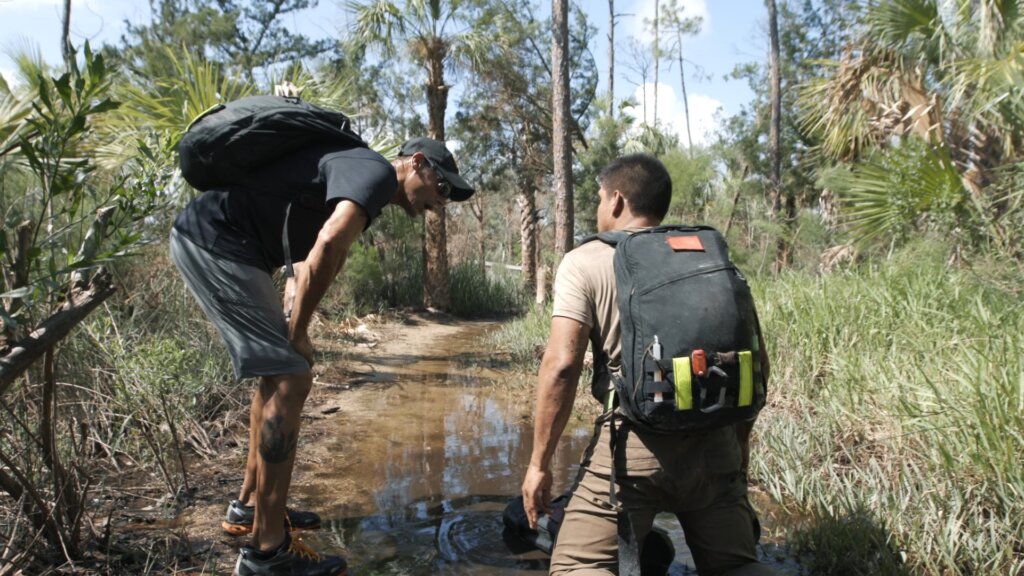
Outcome
Ultimately, Phil came away with an incredibly nuanced vision of an athlete’s struggles, and what real support and compassion can look like when it’s buried under the surface. Using Musicbed artists for the foundation of the sound, he was able to guide the audience through a deeper journey than an athletic challenge.
But, as he pointed out, he is a filmmaker. Not a musician. He used Musicbed because it was more than just a place to get music; it was a place to help him find guidance for the edit, to frame scenes around a certain sound and to frame sounds around a certain scene. He describes his process for one scene:
“It’s a language that I don’t really know, and so when I’m toggling through the attributes to narrow the field, I don’t really know what I’m talking about. It’s a good experience of hearing something and then clicking on the artist and then hearing more and understanding other possibilities. You’ll hear a note, or a moment, or a build, or sometimes there’s a negative space in a track that really will just trigger a thought, ‘That’s what I want, right there,’ he says, continuing.
“There’s one instance of post rock in the film actually, and it’s in a really quiet scene. I remember hearing that first note on that track, ‘Aspen’ by Future of Forestry. I was like, ‘That’s going to be rewarding, that feels real. That feels like a real film and a good pace.’ I had a wide shot that I remembered shooting. When I heard that song from Future of Forestry, and heard that first guitar note that comes in, I imagined that wide shot. And then from there, it just felt like the right pace and it totally influenced how I went through that scene.”
At Musicbed, we’re here to support you in your work and provide a spark of inspiration during those late nights at the editing bay. We believe that film is an incredibly powerful way to communicate, and when the right music is paired with a powerful film, it’s magic. Projects like The Standard are proof that music is essential to a great film, something that Phil Wall seems to know deep down.
A huge thanks to Phil Wall for walking us through his process of making this documentary. The Standard is now available to stream on Hulu.
Read how production company Blue Ox Films used a Musicbed Artist to set the tone for a network series.















































































